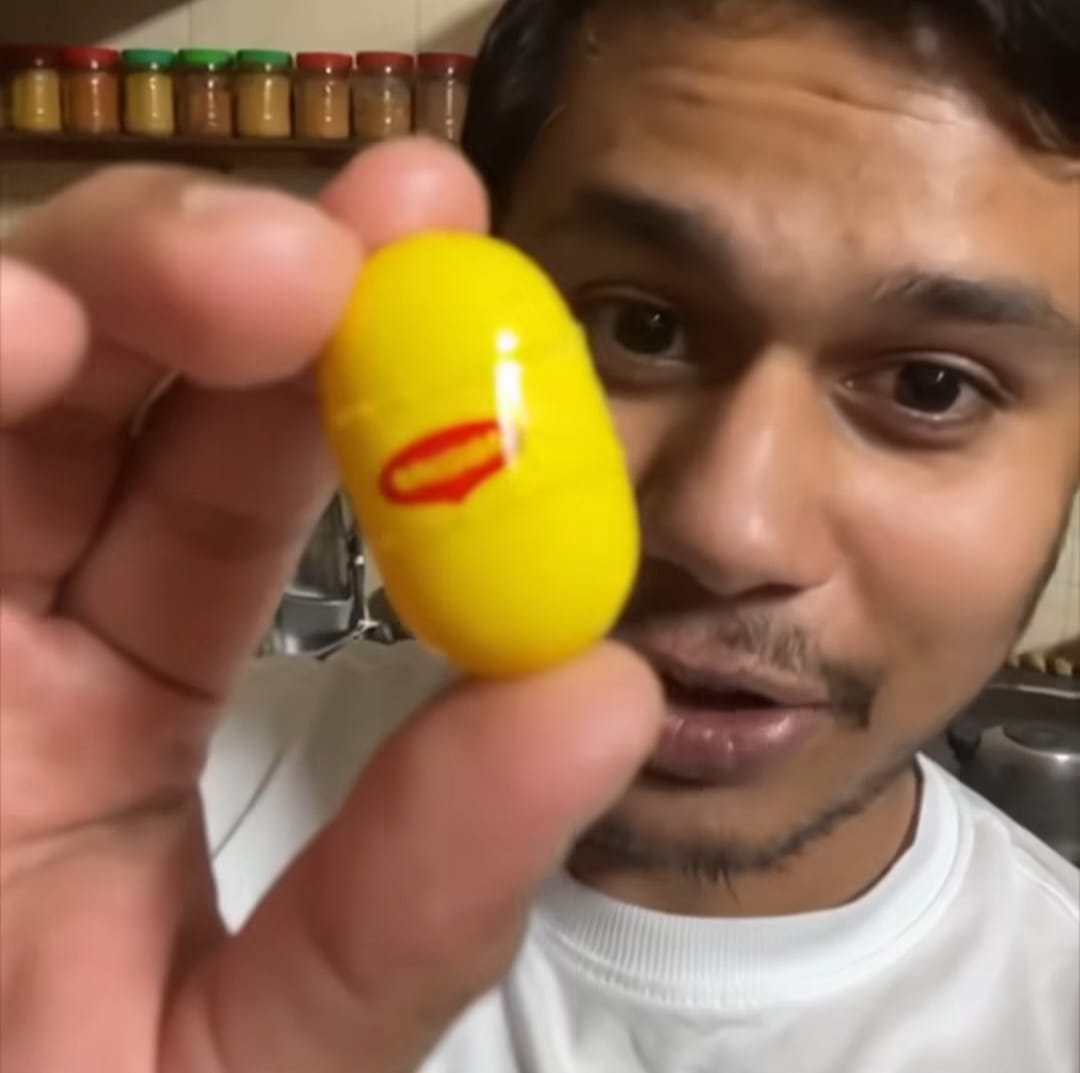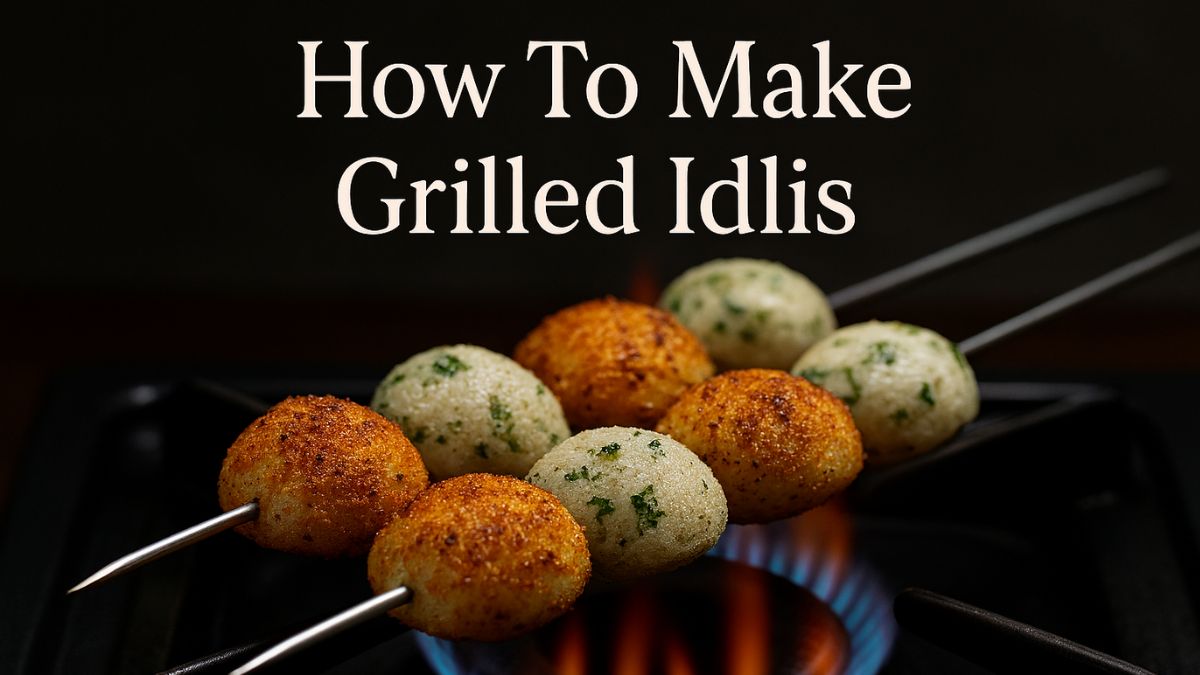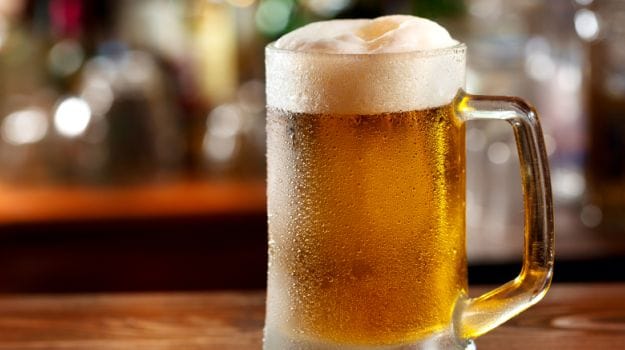Beer drinkers are fickle. Put us in a bar in front of dozens of taps - IPAs, goses, saisons, blond ales, stouts, beers from all over the world - and our eyes instantly gravitate to what we've never had before.We will ask the bartender, "What's new?" instead of just ordering the IPA that we've long adored.FOMO? Try Fear Of Missing a Beer.
Some beer geeks even use apps such as Untappd to log and review every beer they taste, hunting down and "ticking" the rarest brews as if they were monsters in Pokemon Go.According to a survey by the market research firm Mintel, "44 percent of craft beer drinkers say it is a source of pride to try as many different kinds of beer as they can." Millennials, particularly, are "significantly more likely to select products they've never tried before."For people on the front lines, this is nothing new. "The day of hyper-loyalty to a few breweries, and even a specific three or four beers from those breweries, is long gone," says Jace Gonnerman, the beer director for Washington, D.C.'s, Meridian Pint, Brookland Pint, and Smoke and Barrel, who rotates new beers onto lines every day.The more than 4,600 American breweries are only happy to oblige, releasing an ever-greater variety of beers. Where a brewery once might have had a lineup of four or five "core" or "flagship" beers and a handful of seasonals released throughout the year, it's now cranking out exponentially more.Dogfish Head expects to release 29 beers this year; seven are brand-new. Flying Dog now has 10 "year-round" beers; a dozen seasonals; a monthly "Brewhouse Rarities" release, such as Mint Julep Ale or White Peach Saison; a quarterly Single Hop Series IPA; and the occasional "Heat Series" spiced ale - a portfolio of more than 40 beers each year.In theory, to a beer drinker, this sounds great. So much novelty! So many tasty new fruit-flavored IPAs! So many virtual badges to unlock in Untappd!But just because breweries are doubling down on their beer releases doesn't mean you'll have twice as many options when you belly up to the bar. Most craft-centric bars have 30 or 40 taps at best, so when one hot, buzzed-about fruited IPA comes off, it's replaced by a seasonal, on-trend fruited Berliner weisse. And one segment of beer is increasingly less welcome at the ever-changing party: brewery flagship beers, the familiar names that, in many cases, helped turn craft beer into the powerhouse it is today.Like many industry veterans, Pizzeria Paradiso beer director Josh Fernands is unabashed in his love of Bell's Two Hearted Ale, an IPA that was a gateway to the world of hops. It's rated "world class" by Beer Advocate and as the second-best beer in America by Zymurgy, the American Homebrewers Association's magazine. And yet, Fernands says, when he recently put Two Hearted on tap at Paradiso in Dupont Circle, "People would come in and see Two Hearted and say, 'Oh. What else do you have?'"This is not to say that Bell's Two Hearted is completely unavailable: It enjoys a permanent line among the 50 taps at ChurchKey, Washington's preeminent beer bar.There are places downtown that will still pour you a cold Sierra Nevada, Yuengling or Newcastle Brown Ale, just like they would have back in the late 1990s. But as I've scanned beer menus recently, I can't recall seeing Sierra Nevada Pale Ale, which popularized that style in America, more than a couple of times, and not anywhere that fancies itself a top-tier beer bar.Other beers that seem to be disappearing from taps but would walk into an American Craft Beer Hall of Fame: Rogue Dead Guy Ale. Stone Arrogant Bastard. Avery IPA. New Belgium Fat Tire. In almost every case, it is easy to point to a trendier offering from the same brewery or from a similar but more local option.Peruse the online menus of beer bars around the country - New York's Blind Tiger or Ginger Man, Chicago's Map Room, San Diego's Barrel Republic - and few, if any, of those classic beers are found. But pull up the menu on a Buffalo Wild Wings website, and you have your choice of Sierra, Fat Tire or Samuel Adams Boston Lager.The biggest challenge for these legacy brands is to stay relevant in a beer universe that thrives on hype. If no one's talking about them, no one's putting them on tap. And what customers ask bartenders and bar managers about is always the newest, rarest, shiniest thing, not the classics.Bart Watson, chief economist for the nonprofit Brewers Association, says that helps explain why portfolios are bursting at the seams. At Flying Dog, for instance, sales of the blood-orange Bloodline IPA are growing fast, but the bestseller is still Raging Bitch, a Belgian-style IPA.Ben Savage, chief marketing officer for Flying Dog, says the variety and choice are calculated: The brewery knows that at some bars, customers want a favorite; at others, they want variety. "We don't have one flagship," he says. "The personality is the brewery. We want [customers] to be interested in whatever Flying Dog has on tap."Similarly, Dogfish Head founder Sam Calagione knows that bars might take off the iconic 60 or 90 Minute IPA when they decide to feature SeaQuench or the upcoming spruce-flavored pale ale Pennsylvania Tuxedo, and he's cool with that. "60 and 90 Minute still account for the majority of our sales combined," he says.
"Even if a brand is a small one-off, we are making it because we believe certain consumers will dig it and appreciate it and because we believe it enhances our off-centered brand."And there's the rub: It doesn't make much of a difference to Dogfish's bottom line if the coolest craft-beer bar taps the new Biere de Provence instead of 60 Minute IPA. Avery won't blink if a bar chooses the passion-fruit-heavy Liliko'i Kepolo over its traditional IPA.
The people missing out are the ones who don't get to enjoy the awesome craft ales that were sustaining beer lovers before NE IPA was a thing, or before any of us could pronounce "gose."I'm as guilty as anyone else of that never-ending chase to sample the newest, buzziest craft beers.But sometimes it's good to stop and sip a pint that reminds you where this movement came from before trying to taste where it's going. Unfortunately, that increasingly means picking up a six-pack from the liquor store and drinking at home instead of at your favorite craft-beer bar.(This story has not been edited by NDTV staff and is auto-generated from a syndicated feed.)
Some beer geeks even use apps such as Untappd to log and review every beer they taste, hunting down and "ticking" the rarest brews as if they were monsters in Pokemon Go.According to a survey by the market research firm Mintel, "44 percent of craft beer drinkers say it is a source of pride to try as many different kinds of beer as they can." Millennials, particularly, are "significantly more likely to select products they've never tried before."For people on the front lines, this is nothing new. "The day of hyper-loyalty to a few breweries, and even a specific three or four beers from those breweries, is long gone," says Jace Gonnerman, the beer director for Washington, D.C.'s, Meridian Pint, Brookland Pint, and Smoke and Barrel, who rotates new beers onto lines every day.The more than 4,600 American breweries are only happy to oblige, releasing an ever-greater variety of beers. Where a brewery once might have had a lineup of four or five "core" or "flagship" beers and a handful of seasonals released throughout the year, it's now cranking out exponentially more.Dogfish Head expects to release 29 beers this year; seven are brand-new. Flying Dog now has 10 "year-round" beers; a dozen seasonals; a monthly "Brewhouse Rarities" release, such as Mint Julep Ale or White Peach Saison; a quarterly Single Hop Series IPA; and the occasional "Heat Series" spiced ale - a portfolio of more than 40 beers each year.In theory, to a beer drinker, this sounds great. So much novelty! So many tasty new fruit-flavored IPAs! So many virtual badges to unlock in Untappd!But just because breweries are doubling down on their beer releases doesn't mean you'll have twice as many options when you belly up to the bar. Most craft-centric bars have 30 or 40 taps at best, so when one hot, buzzed-about fruited IPA comes off, it's replaced by a seasonal, on-trend fruited Berliner weisse. And one segment of beer is increasingly less welcome at the ever-changing party: brewery flagship beers, the familiar names that, in many cases, helped turn craft beer into the powerhouse it is today.Like many industry veterans, Pizzeria Paradiso beer director Josh Fernands is unabashed in his love of Bell's Two Hearted Ale, an IPA that was a gateway to the world of hops. It's rated "world class" by Beer Advocate and as the second-best beer in America by Zymurgy, the American Homebrewers Association's magazine. And yet, Fernands says, when he recently put Two Hearted on tap at Paradiso in Dupont Circle, "People would come in and see Two Hearted and say, 'Oh. What else do you have?'"This is not to say that Bell's Two Hearted is completely unavailable: It enjoys a permanent line among the 50 taps at ChurchKey, Washington's preeminent beer bar.There are places downtown that will still pour you a cold Sierra Nevada, Yuengling or Newcastle Brown Ale, just like they would have back in the late 1990s. But as I've scanned beer menus recently, I can't recall seeing Sierra Nevada Pale Ale, which popularized that style in America, more than a couple of times, and not anywhere that fancies itself a top-tier beer bar.Other beers that seem to be disappearing from taps but would walk into an American Craft Beer Hall of Fame: Rogue Dead Guy Ale. Stone Arrogant Bastard. Avery IPA. New Belgium Fat Tire. In almost every case, it is easy to point to a trendier offering from the same brewery or from a similar but more local option.Peruse the online menus of beer bars around the country - New York's Blind Tiger or Ginger Man, Chicago's Map Room, San Diego's Barrel Republic - and few, if any, of those classic beers are found. But pull up the menu on a Buffalo Wild Wings website, and you have your choice of Sierra, Fat Tire or Samuel Adams Boston Lager.The biggest challenge for these legacy brands is to stay relevant in a beer universe that thrives on hype. If no one's talking about them, no one's putting them on tap. And what customers ask bartenders and bar managers about is always the newest, rarest, shiniest thing, not the classics.Bart Watson, chief economist for the nonprofit Brewers Association, says that helps explain why portfolios are bursting at the seams. At Flying Dog, for instance, sales of the blood-orange Bloodline IPA are growing fast, but the bestseller is still Raging Bitch, a Belgian-style IPA.Ben Savage, chief marketing officer for Flying Dog, says the variety and choice are calculated: The brewery knows that at some bars, customers want a favorite; at others, they want variety. "We don't have one flagship," he says. "The personality is the brewery. We want [customers] to be interested in whatever Flying Dog has on tap."Similarly, Dogfish Head founder Sam Calagione knows that bars might take off the iconic 60 or 90 Minute IPA when they decide to feature SeaQuench or the upcoming spruce-flavored pale ale Pennsylvania Tuxedo, and he's cool with that. "60 and 90 Minute still account for the majority of our sales combined," he says.
"Even if a brand is a small one-off, we are making it because we believe certain consumers will dig it and appreciate it and because we believe it enhances our off-centered brand."And there's the rub: It doesn't make much of a difference to Dogfish's bottom line if the coolest craft-beer bar taps the new Biere de Provence instead of 60 Minute IPA. Avery won't blink if a bar chooses the passion-fruit-heavy Liliko'i Kepolo over its traditional IPA.
The people missing out are the ones who don't get to enjoy the awesome craft ales that were sustaining beer lovers before NE IPA was a thing, or before any of us could pronounce "gose."I'm as guilty as anyone else of that never-ending chase to sample the newest, buzziest craft beers.But sometimes it's good to stop and sip a pint that reminds you where this movement came from before trying to taste where it's going. Unfortunately, that increasingly means picking up a six-pack from the liquor store and drinking at home instead of at your favorite craft-beer bar.(This story has not been edited by NDTV staff and is auto-generated from a syndicated feed.)
Advertisement







